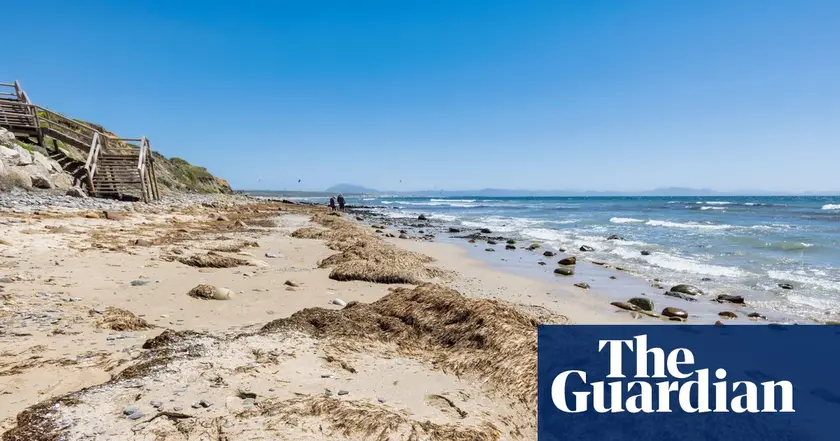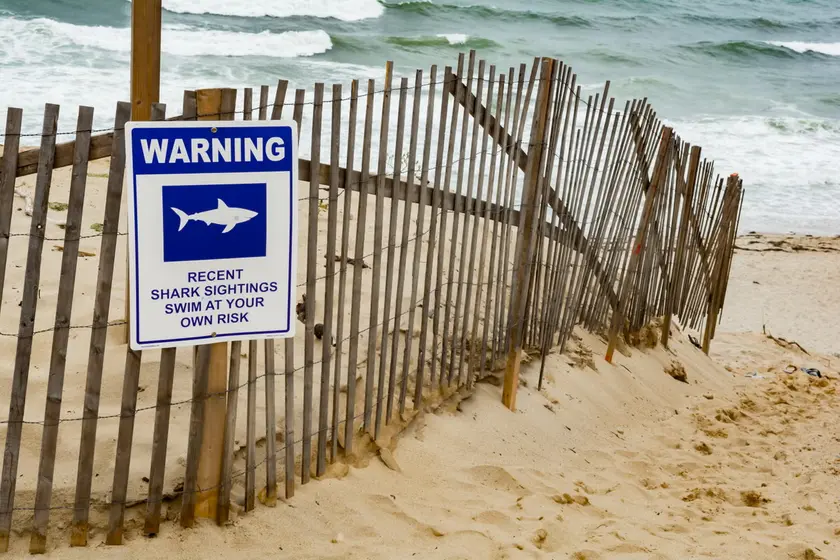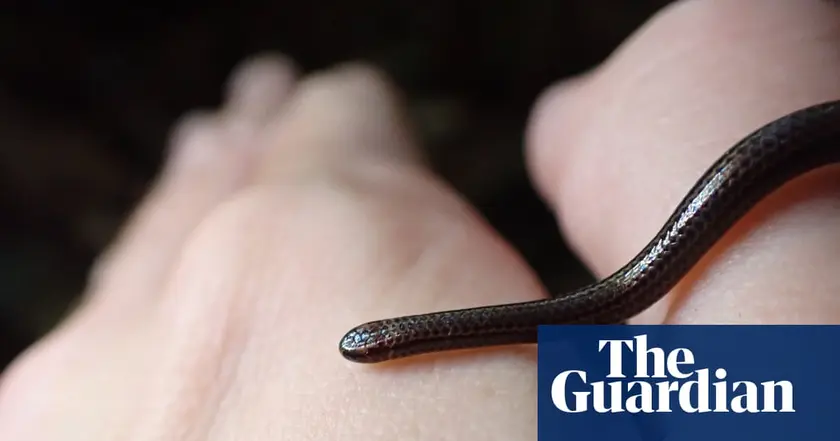T4K3.news
Invasive seaweed threatens biodiversity on Spanish beaches
Rugulopteryx okamurae has caused major environmental impact along Spain's southern coast.

An invasive seaweed species is causing environmental damage along Spain's southern beaches.
Invasive seaweed poses significant threat to Spanish coast
An invasive seaweed, Rugulopteryx okamurae, from southeast Asia is accumulating on beaches in Spain, particularly along the southern coast near Cádiz. Local authorities have already removed 1,200 tonnes of the seaweed since May, and experts warn that its rapid spread threatens local biodiversity and the economy. The seaweed, introduced via ships' ballast tanks, has expanded its reach across the region in just over a decade, outcompeting native plant species and disrupting local fishing as it clogs nets and removes oxygen from water. Authorities have attempted to manage the crisis, but experts point out that the invasion is now beyond effective control and may cause irreparable damage.
Key Takeaways
"We’re completely overwhelmed. This is an environmental catastrophe."
José Carlos Teruel comments on the severity of the seaweed invasion in Cádiz.
"In the first phase of an invasion such as this it can be controlled."
Juan José Vergara emphasizes the importance of early intervention against invasive species.
"It’s an interesting idea but I doubt it will be able to eradicate or even significantly diminish the intensity of the invasion."
Vergara expresses skepticism about the effectiveness of proposed solutions to recycle the seaweed.
The overwhelming presence of this invasive seaweed highlights a growing ecological challenge along coastal regions. As local ecosystems are disrupted and tourism is threatened, it raises questions about the effectiveness of current environmental regulations and response measures. Experts like Juan José Vergara emphasize that early intervention is crucial, but the slow reaction of authorities has exacerbated the problem. The inability to manage such invasions not only reflects a broader trend of ecological negligence but also reveals a gap in resource management and public awareness around invasive species. The local government's plan, while a step forward, may fall short without a comprehensive strategy to prevent future invasions.
Highlights
- This invasion is an environmental catastrophe that we are struggling to contain.
- Without action, we risk losing native species forever.
- Rugulopteryx okamurae is unlike any seaweed we've faced before.
- Our responses to invasive species must evolve with the threats they pose.
Environmental and economic risks from invasive seaweed
The presence of Rugulopteryx okamurae threatens biodiversity and local economies reliant on tourism and fishing. Without effective management, this situation could worsen, impacting community livelihoods.
Future actions will be critical in determining the long-term impact of this invasion.
Enjoyed this? Let your friends know!
Related News

Glaciers on Heard Island shrink alarmingly in recent decades

Majorca beach evacuated after fish attack

Locals confront migrants on Spanish beach

Wildfire prompts evacuation of resorts in southern Spain

Lamine Yamal linked to new model after past controversy

World’s smallest snake rediscovered in Barbados

Local residents express anger over London influx in Sandgate

Tourists detain migrants on Spanish beach
